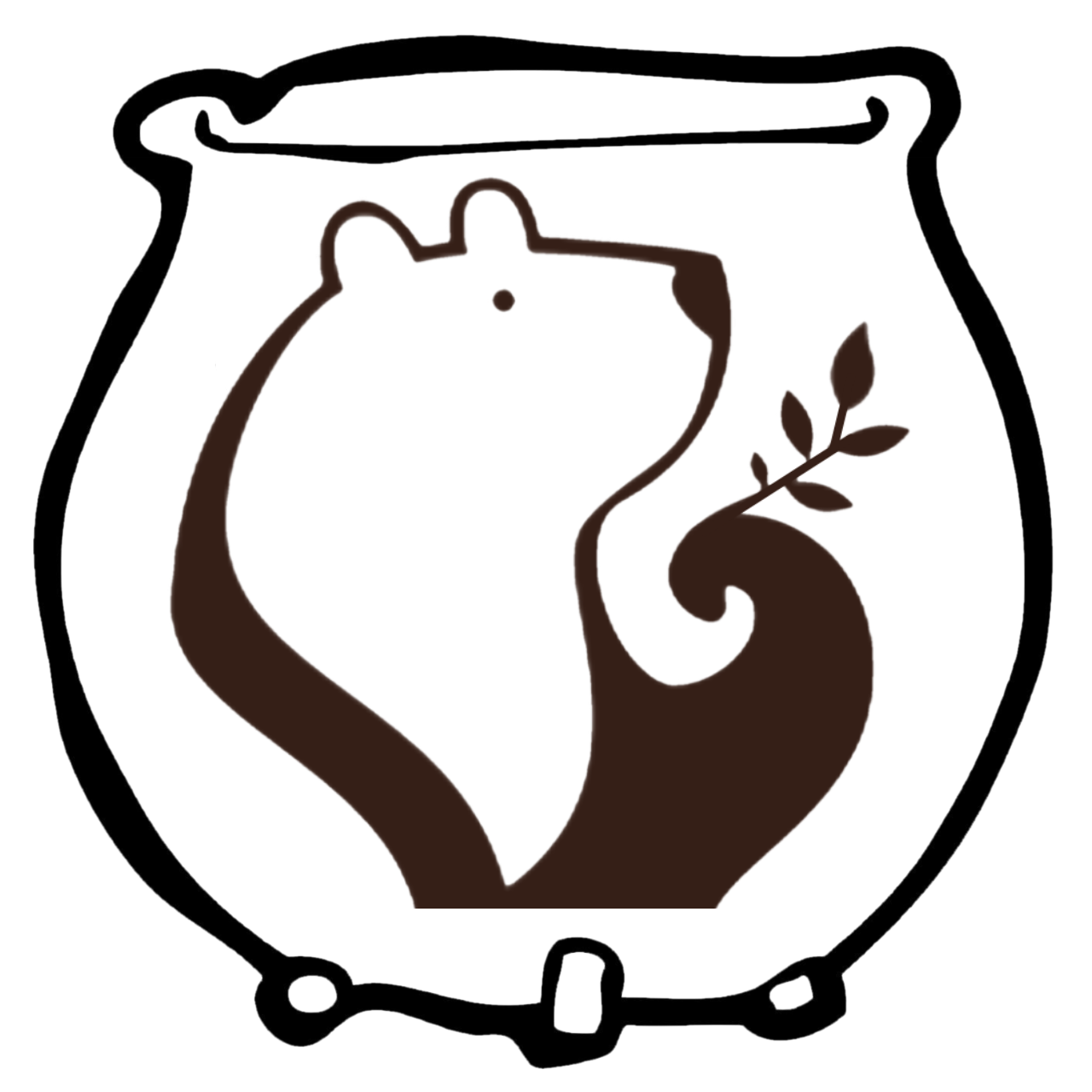Cerridwen
White Witch
Welsh

Pronounced Ker-RID-Wen, she goes by many names, the Great Mother, Dark Moon Goddess, and the White Lady. She lives on an island in Bala Lake with her husband, Tegid Foel. He is a giant who serves the Underworld, which is accessed through this lake. Cerridwen also works in the realm of death, but more as it is a part of the cycle of nature. Her magic focuses on change and regeneration. As a woman of incredible power, she an image of wisdom, rebirth, and inspiration. Cerridwen is known as a Mother Crone, both because of her wisdom and magical prowess, but also because her story is driven by her love for her children. Cerridwen gave birth to twins. One was named Creirwy, and she was fair and beautiful. The other was named Morfran, and he was dark and hideous. Cerridwen loved them both but it is her concern regarding Morfran’s future that drives her story. She eventually has a third child without the aid of her husband, named Taliesin who becomes the pre-eminent bard of his time. Cerridwen is also has the power to transform herself. As a shape-shifter, she often manifests as a white sow. While in her pursuit of Gwion Bach, she became a pike, then an otter, then a hawk, and finally a hen. It is at the end of this sequence that she becomes pregnant with Taliesin.
Magic of Cerridwen
General
Chakra:
Element: Earth, Water
Sabbat: Imbolc
Zodiac Sign:
Color: Silver, Purple, Black, Grey, Green
Day: Monday
Herb: Apple, Oak, Hazel
Totem: Greyhound, Otter, Hawk. Sow
Stone: Moonstone
Offering: Acorns, Vervain, Corn
Power
Regeneration
Poetry
Change
Inspiration
Magic
Herbs
Death
Wisdom
Aromatherapy
Sandalwood
Patchouli
Sage
Glossary
Cauldron
The cauldron is a very female symbol. An inexhaustible source for feeding life, it is the womb of the cosmic mother. In many traditions, it is the fountain of life. There are three different types of cauldrons: the Cauldron of Transformation, the Cauldron of Rebirth, and the Cauldron of Inspiration. Cerridwen’s cauldron combines all three into one quintessential cauldron. Laboring at her cauldron continually, she blends divine knowledge with the eternal cycles.
Awen
Awen is the name of Cerridwen’s cauldron. It comes from the Welsh word meaning ‘poetic inspiration’, as it was believed that her magical cauldron contained the divine spirit from which all poetic or prophetic inspiration came. Cerridwen is thus known as the Mother of Poetry, even her name contains the Welsh word cerdd (poetry). She made manifest her role as the Mother of Poetry in her reborn son Taliesin, the renowned Chief of Bards.
Potion
The word potion comes to us from the Latin word potio meaning to drink, much like the word potable (meaning safe to drink). So at its most basic, it is a beverage. However, commonly it is considered a special drink believed to have a magical effect upon the person who consumes it. This effect could be either medicinal or mischievous. Potions are often made by those wise in herbs and magical lore.
Mabinogion
The Mabinogion (pronounced as Mab-ino-ch-ian) is a collection of ancient Welch oral stories. These tales were originally preserved in the White Book of Rhydderch (1300-1325) and the Red Book of Hergest (1375-1425). Much later, Lady Charlotte Guest published her translation of 11 medieval Welsh folk tales under the title The Mabinogion. Set in a magical landscape corresponding with the coast of Wales, the stories are full of giants, intelligent women, and heroic men, giving rise to the likes of Arthur and Merlin.
Moon
The moon is another feminine symbol closely linked with Cerridwen, representing the rhythm of change. It has an element of immortality, as the cycle of the moon has history in the past, reflects our present, and guides our future. The moon embodies the light and the dark aspects of nature, giving a more complete and unbiased perspective. A symbol of the soul as well as being the link between the conscious and unconscious, the moon and her cycles guide us in the art of reflection and adaptation.





